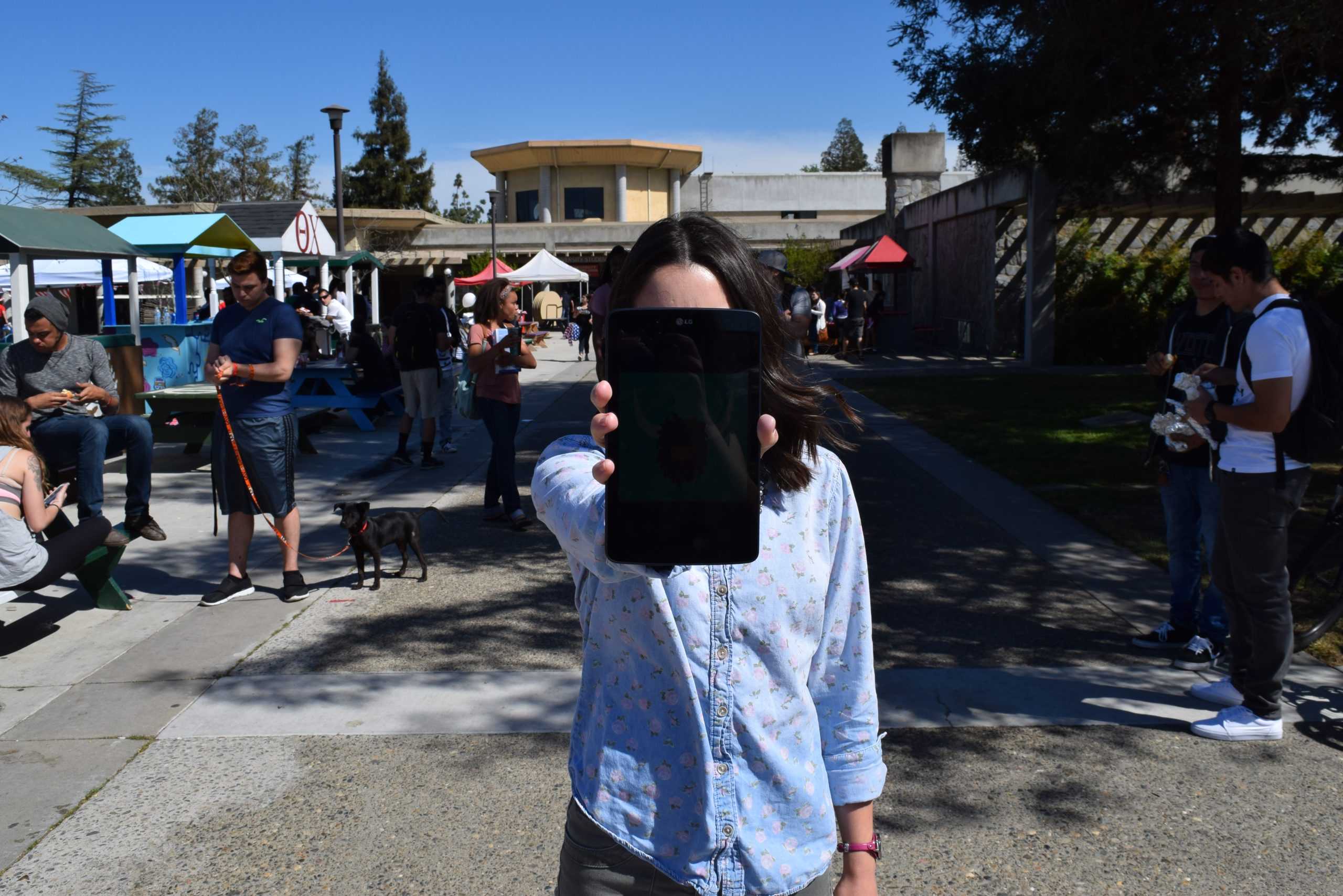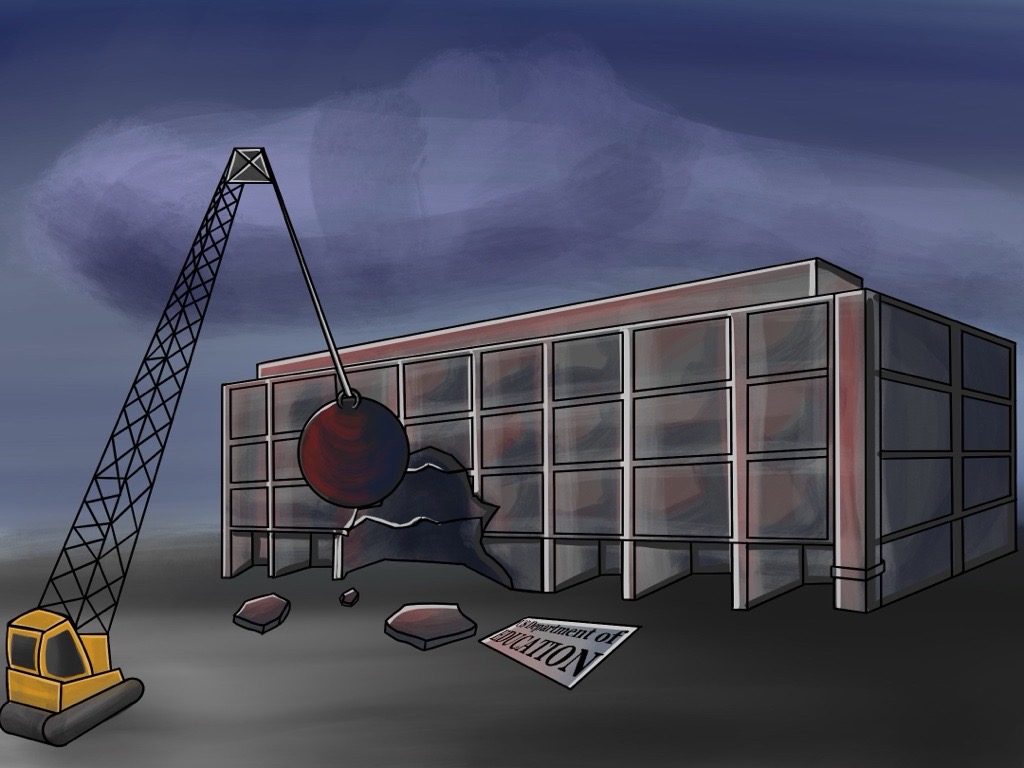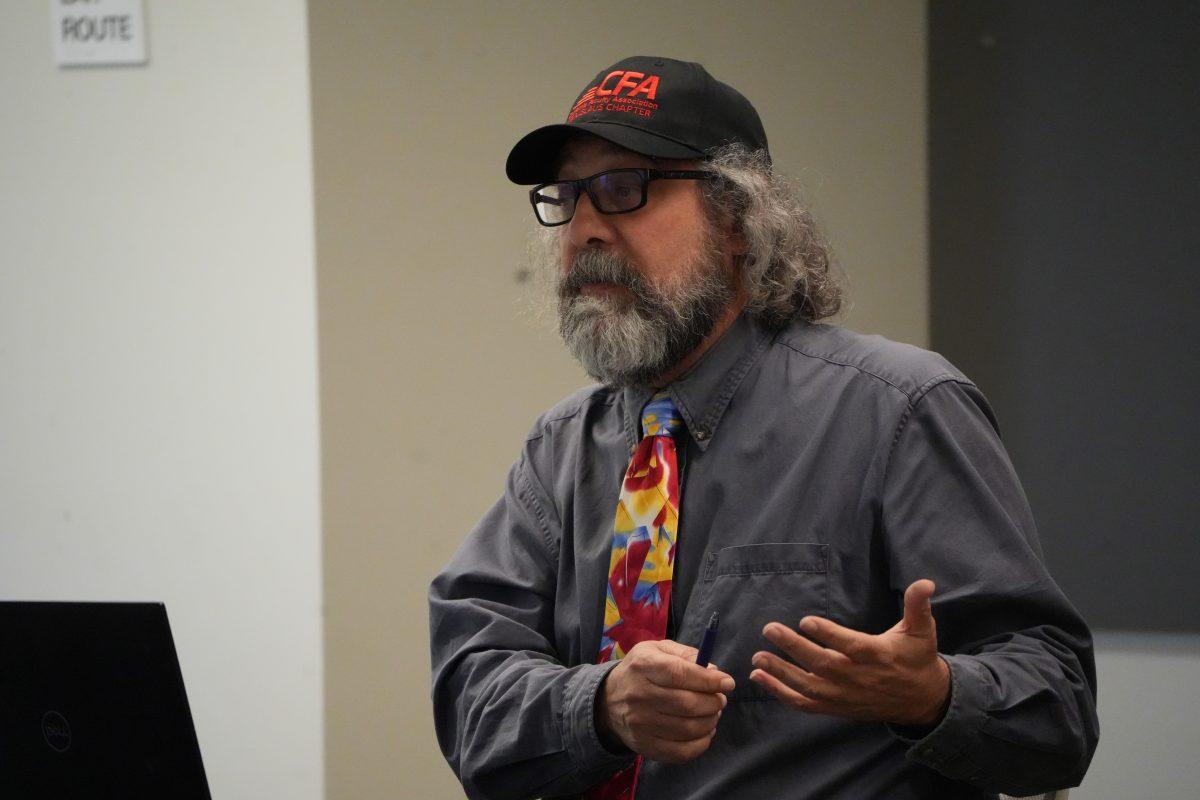The New York Times published an article on March 8 surrounding the failed attempt of Eastern Michigan University to find the students responsible for harassment against a professor through Yik Yak.
According to the Times, in 2013 several posts were brought to professor Margaret Crouch’s attention that verbally abused her to such a degree that she demanded a lawyer.
Nothing came of Crouch’s efforts because all posts on the app are anonymous.
Though Yik Yak’s nameless users can post without immediate identification, the company slogan “share your thoughts, keep your privacy” should not be mistaken for the impossibility of tracking.
Finding the author of a “yak” can occur quickly, when the company permits it.
NBC has said that this case has since been followed by over 50 arrests made in response to threats posted to the app.
The New York Times shared a recent example in which a student at Michigan State University was arrested within two hours of posting “I’m gonna [gun emoji] the school at 12:15 p.m. today.” The student was sentenced to two years of probation and fined $800 to cover investigative costs.
The quick process of identifying sources of “yaks” involves cooperation from both Yik Yak and authorities.
In cases of successful arrests, locating the “yaker” is as simple as tracing an Internet Protocol (IP) address provided by Yik Yak and when possible, using a GPS location.
“Now that I know it’s not completely anonymous I’m kind of uncomfortable with it,” Leah Guerrero (senior, Communication Studies) said.
In order to be a sender or receiver of internet content, every device with internet capability must have an IP address. For users to read “yaks,” the post must reach each device through the device’s assigned address.
In the case of professor Crouch, IP addresses were not provided because though the “yaks” were offensive, they were not considered a serious threat.
California State University, Stanislaus professor of Communication Studies, Dr. Marcy Chvasta, has looked into Yik Yak in application to mass media and how it contributes to the shaping of society.
“The question is, what constitutes a violent or threatening ‘yak,’” Dr. Chvasta said.“If an offending student ends up not being prosecuted, they may still face sanctions based on a campus’s code of conduct.”
Chavasta also referenced several posts that have included drug use or demeaning sexual incidents.
“Who knows if any of the ‘yaks’ are ‘true,’” Chvasta said. “It’s the fact of the posting and the up-votes and the virtual high-fives that are alarming.”
The misuse of social apps has been encountered by other social media outlets. For example, the case of teenager Maxwell Morton who used Snapchat to send an image of an individual he had just murdered.
CSU Stanislaus has not yet encountered such disturbances, though degradation and slandering remains prevalent on social media.
Though posts by users have not been considered threats, sufficient consistencies in student complaints could help address greater issues outside of the app that students feel strongly about.
“We can use the app to address the ills and challenges our students face,” Chvasta said.
“The most immediate thing we can do to positively affect the space of Yik Yak—and hopefully make students feel better about and safer around their peers—is to down-vote the bad.”








